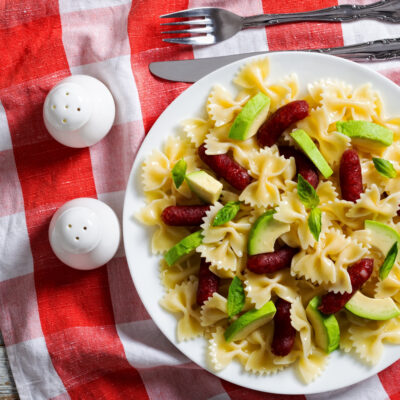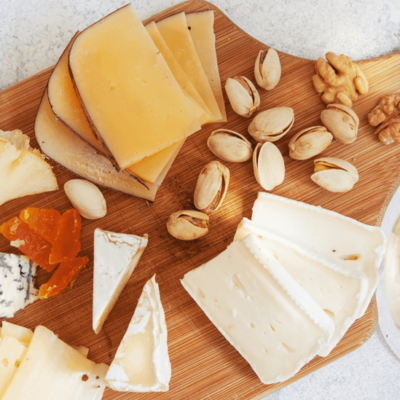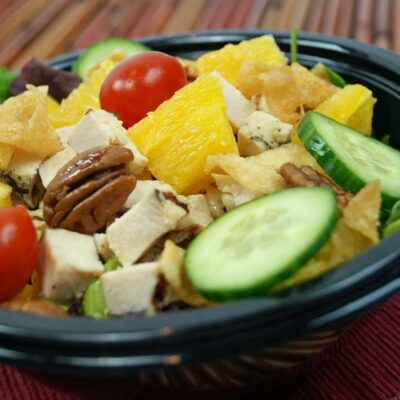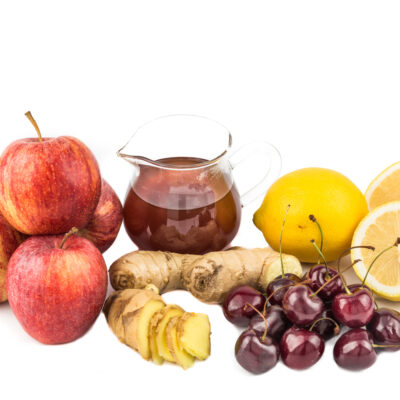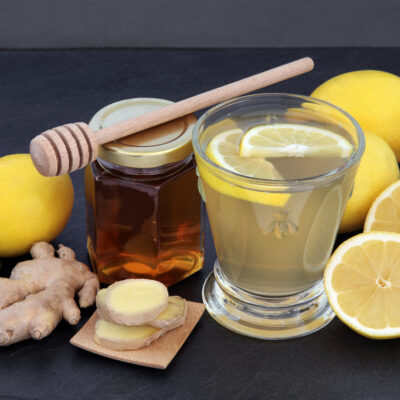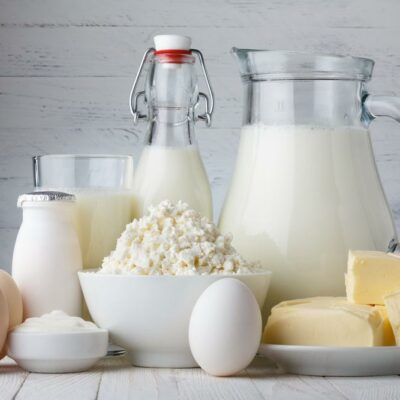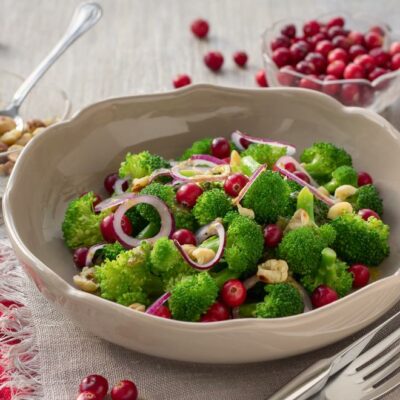
Food
Dietary Tips for Breast Cancer
Dietary tips for breast cancer aren’t meant to cure breast cancer. Rather, these eating tips may help prevent BRCA mutations, prevent the risk of breast cancer, and even aid healing for breast cancer patient undergoing traditional treatments like chemotherapy and radiation. There are foods that help inflammation, which is often a source of pain for patients with breast cancer. Also, chemotherapy and other drug treatments for breast cancer destroy healthy elements in the body in an effort to destroy cancer cells. Many foods are good, on the other hand, may help boost natural immunity and cell regeneration. Foods like aloe, peppers, green tea, and beets assist in protecting the body’s organs and tissues from cancer. However, certain foods when consumed in excess, can fight the positive effects of a good diet. For example, research shows the over-consumption of sugar, salt, and carbonated soda may lead to several chronic diseases. Instead, focus on these dietary tips to help prevent breast cancer: 1. Turmeric Turmeric is a natural anti-inflammatory and contains antioxidants. It is easily used in savory foods like curries and stews and allows the body to utilize its natural healing properties. Mix it with rice, potatoes, and vegetable dishes. Turmeric is also used in beverages, or tea with milk and honey.
Read More 